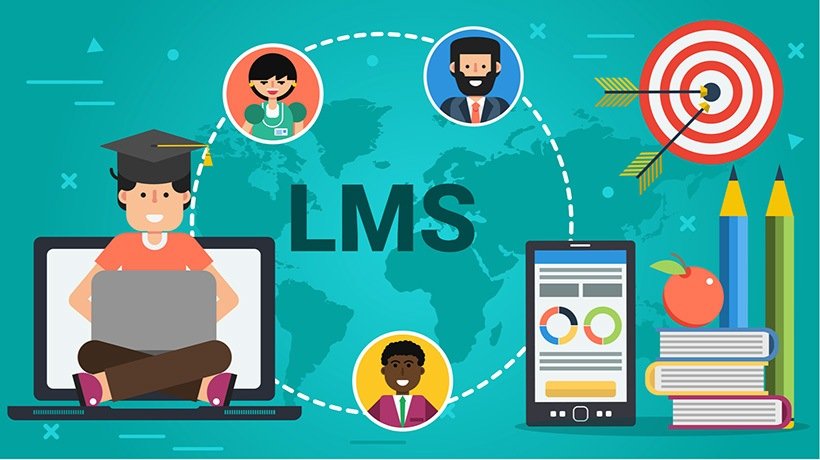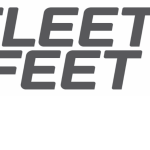In today’s rapidly evolving digital landscape, technology has become an integral part of education. Traditional classroom setups are gradually transforming into online learning environments, with video-based learning management systems (LMS) at the forefront.
The Rise of Video LMS
Video LMS refers to the integration of video content within a learning management system. It harnesses the power of visual media to deliver engaging and interactive educational experiences. As students become more visually oriented, video LMS has emerged as a natural progression to cater to their learning needs. It enables educators to create, share, and organize video-based lessons, lectures, tutorials, and presentations.
Engaging Learning Experiences
Video LMS offers a multitude of advantages over traditional text-based approaches. First and foremost, videos capture attention and foster engagement. Dynamic visuals, animations, and real-life examples help explain complex concepts, making learning more enjoyable and memorable. Students can see and hear the information, allowing for better comprehension and retention.
Flexible Learning Environment
One of the key advantages of video LMS is the flexibility it offers to both educators and learners. With video content readily available, students can access and review materials at their own pace and convenience. This eliminates the constraints of fixed class schedules and allows for personalized learning experiences. Whether it’s reviewing lectures, revisiting challenging topics, or accessing supplementary resources, video LMS empowers students to take control of their learning journey.
Multimedia Integration
Video LMS facilitates multimedia integration, enabling educators to combine various forms of content to enrich the learning experience. Teachers can incorporate images, graphs, interactive quizzes, and additional resources alongside videos to provide a comprehensive and diverse educational package. This versatility appeals to different learning styles and enhances comprehension by catering to individual preferences.
Collaborative Learning and Feedback
Video LMS promotes collaborative learning through interactive features such as discussion boards and peer-to-peer feedback. Students can engage in virtual discussions, share insights, and provide constructive criticism, fostering a sense of community even in remote settings. Moreover, educators can assess student progress through quizzes and assignments integrated into the video LMS platform providing timely feedback to optimize learning outcomes.
Conclusion
To address the challenges associated with video LMS, educators and institutions can employ several strategies. They can optimize video file sizes to minimize bandwidth requirements and ensure compatibility with different devices and internet connections. Providing alternative text-based materials for students with limited access to video content is another consideration for inclusivity.
In addition, training and support for educators and students are crucial for successful adoption of video LMS. Teachers should be equipped with the necessary skills to create engaging videos, utilize multimedia resources, and effectively manage the video LMS platform. Likewise, students may benefit from guidance on navigating the system, accessing video content, and maximizing their learning experience.














